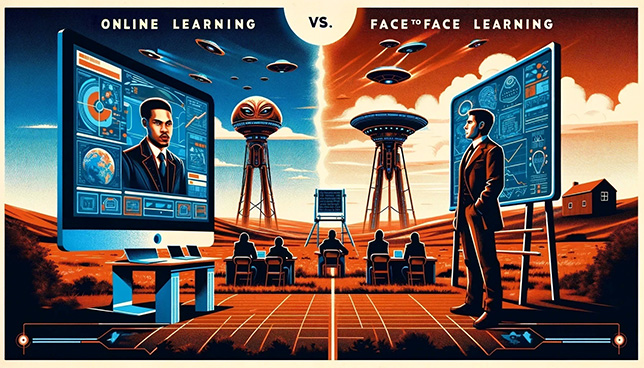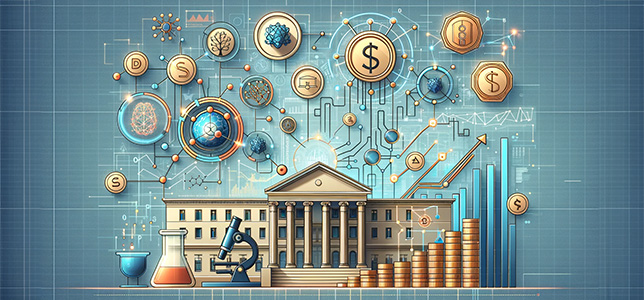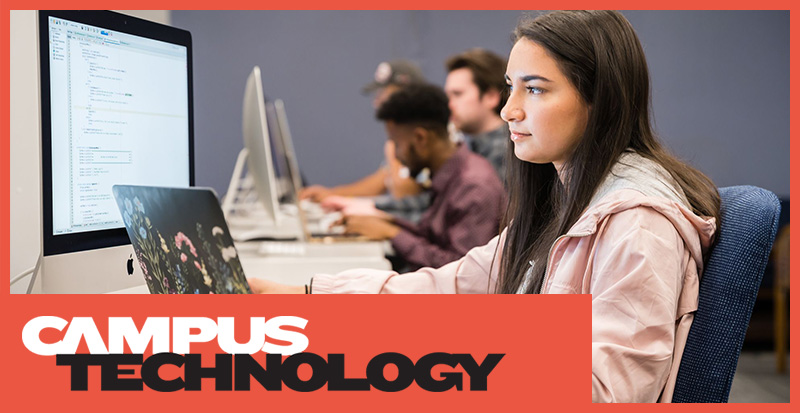
In 2025, the trends shaping higher education reflect a continuous transformation of the higher education landscape to meet the changing needs of students and staff, while maintaining sustainable and cost-effective institutional practices.

As technology permeates every aspect of life on campus, efficiency and convenience may come at the cost of human connection and professional identity.

AI is an immensely powerful tool that can provide customized support for students with diverse learning needs, tailoring educational experiences to meet student’s individual needs more effectively. However, significant disparities in AI access and digital literacy skills prevent many of these same students from fully leveraging its benefits.

Institutions that do not adopt AI will quickly fall behind. The question is, how can colleges and universities do this systematically, securely, cost-effectively, and efficiently?

As AI is integrated across institutional systems, leading organizations will need an individual who can master the art of applying the technology to accelerate performance while maintaining harmony in the enterprise.

The global pandemic thrust online teaching to the forefront. Online enrollments rose while campus enrollments declined. Is face-to-face teaching doomed? Will virtual campuses be the norm? Is there no middle ground?

Artificial intelligence will make research management smarter, easier to use, and more valuable — enabling quicker, better decisions for both researchers and administrators.

Investing in IT infrastructure can empower institutions to offer a robust data science program and establish their own data science practice. What’s more, these two aspects of data science — program and practice — can enhance each other.

Higher education is no stranger to disruptive technologies, and artificial intelligence is the latest to transform teaching, learning, and research. In order to thrive in this new age, institutions must plan, collaborate, and communicate an AI strategy for stakeholders across the campus.

Much can be learned from embracing artificial intelligence in the teaching and learning process. Here, two professors share their experiences using ChatGPT freely in the classroom.